Is Wales the best choice for country commuters who want more for their money?
Scrapping the Severn Bridge tolls has put Wales in the spotlight, as buyers consider hopping over the border to get more for their money. Madeleine Silver explores.


When the first Severn Bridge was opened by The Queen in 1966, it was hailed as the dawn of a new economic era for south Wales, slashing what had been a 12-hour journey to London’s West End.
Although removing bridge tolls in December 2018 – saving commuters up to £1,400 a year – might not have felt quite as momentous, agents say the change has fuelled a spike in interest in Welsh property.
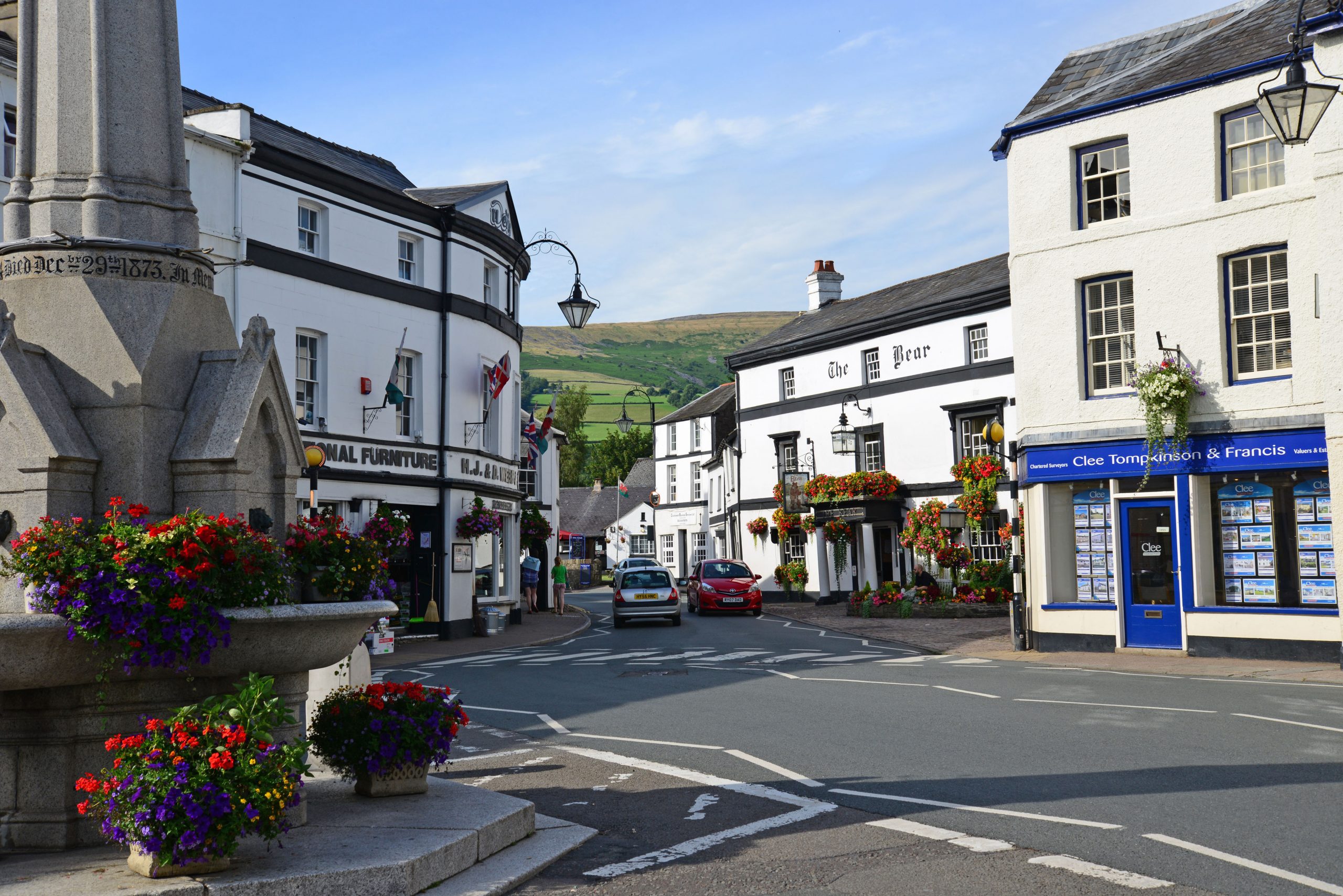
‘It’s noticeable – there’s definitely more activity,’ says managing director at Stacks Property Search James Greenwood.‘There’s also a lot more traffic on the roads and a lot of people talking about it. The question is: is that because the tolls came down or because the pressure on price on the English side of the Severn is so great that people have been squeezed west?’
Dan Rees at Savills Cardiff responds: ‘For people who don’t know Wales and didn’t perhaps grow up there, I’m sure the scrapping of the tolls has widened their search. If they’re commuting, they haven’t got to worry about that extra cost.’
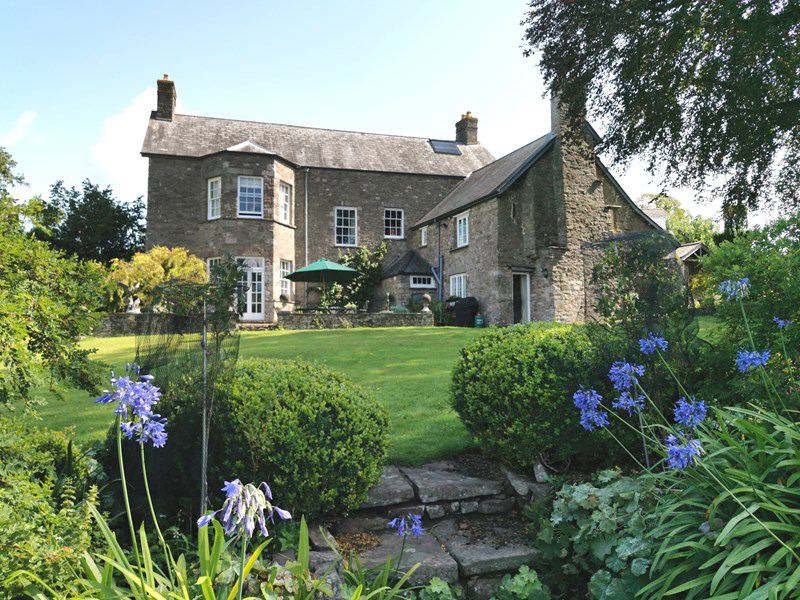
Most new activity, say agents, has been focused towards the middle to lower end of the market. ‘We’re talking about the sub-£300,000 level, especially new-builds,’ says Anthony Clay of Fine & Country Monmouth.‘What will cost you £350,000 in Bristol will cost you £250,000 here, and it’s also beneath the raised tax levels of Wales. People who work in Bristol in the middle end of the market will commute, bridge tolls or no bridge tolls.’
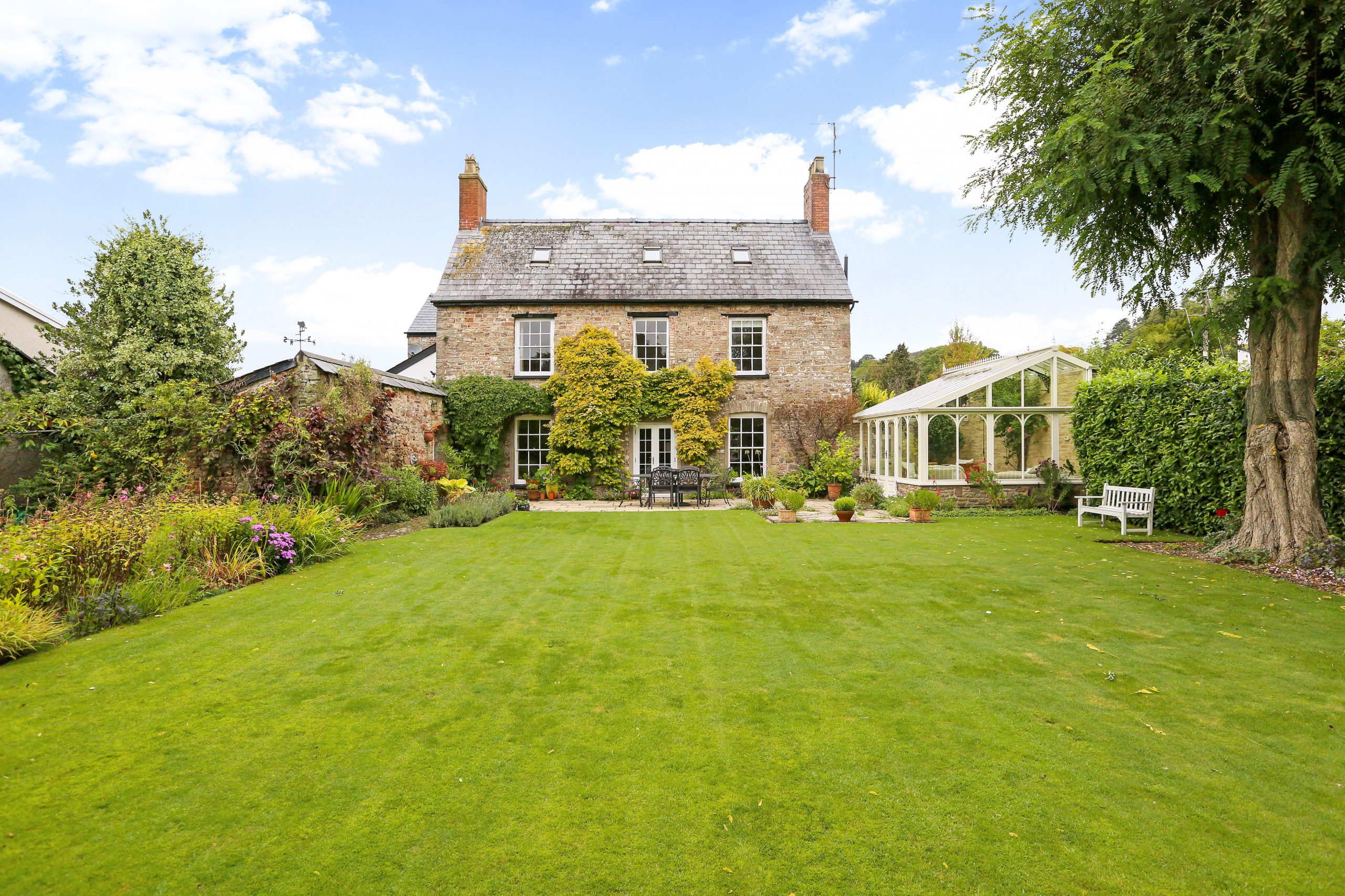
‘If they’re not Welsh, I think people are surprised by how beautiful south Wales is,’ muses Leah Mullin of Knight Frank Cardiff. ‘If I wanted to go and walk in the Brecon Beacons one weekend, it only takes 40 minutes to get there; if I want to go for a swim in the sea, it’s 30 minutes away. The mix of amenities is a massive pull.’
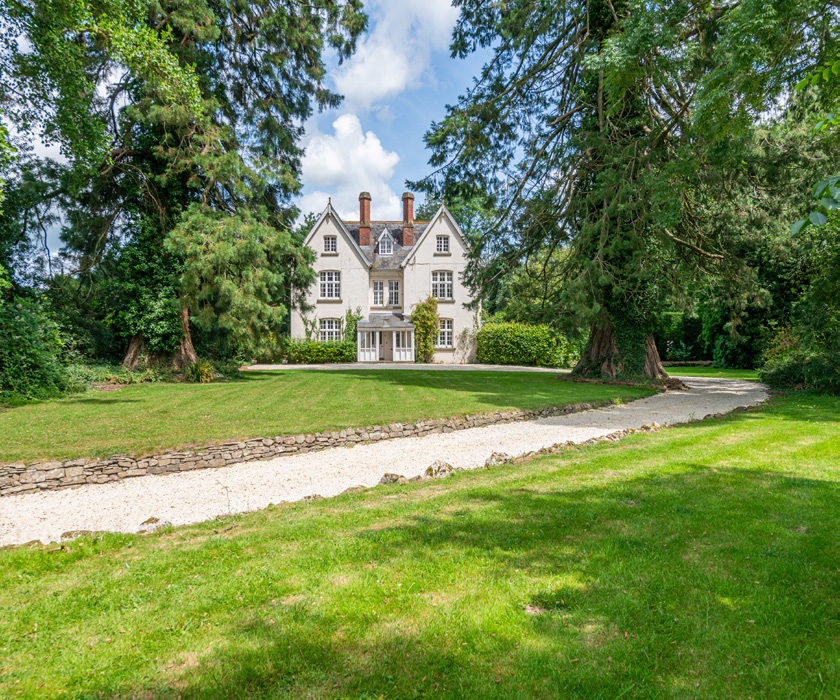
For buyers willing to widen their search, tempted by the new ease of the bridge, budgets will still stretch further across the border. ‘There will always be a bit more value for money in Wales compared with England,’ says Mr Rees, with Savills research showing Welsh properties are nearly £100 cheaper per square foot than on the English side of the bridge.
Sign up for the Country Life Newsletter
Exquisite houses, the beauty of Nature, and how to get the most from your life, straight to your inbox.
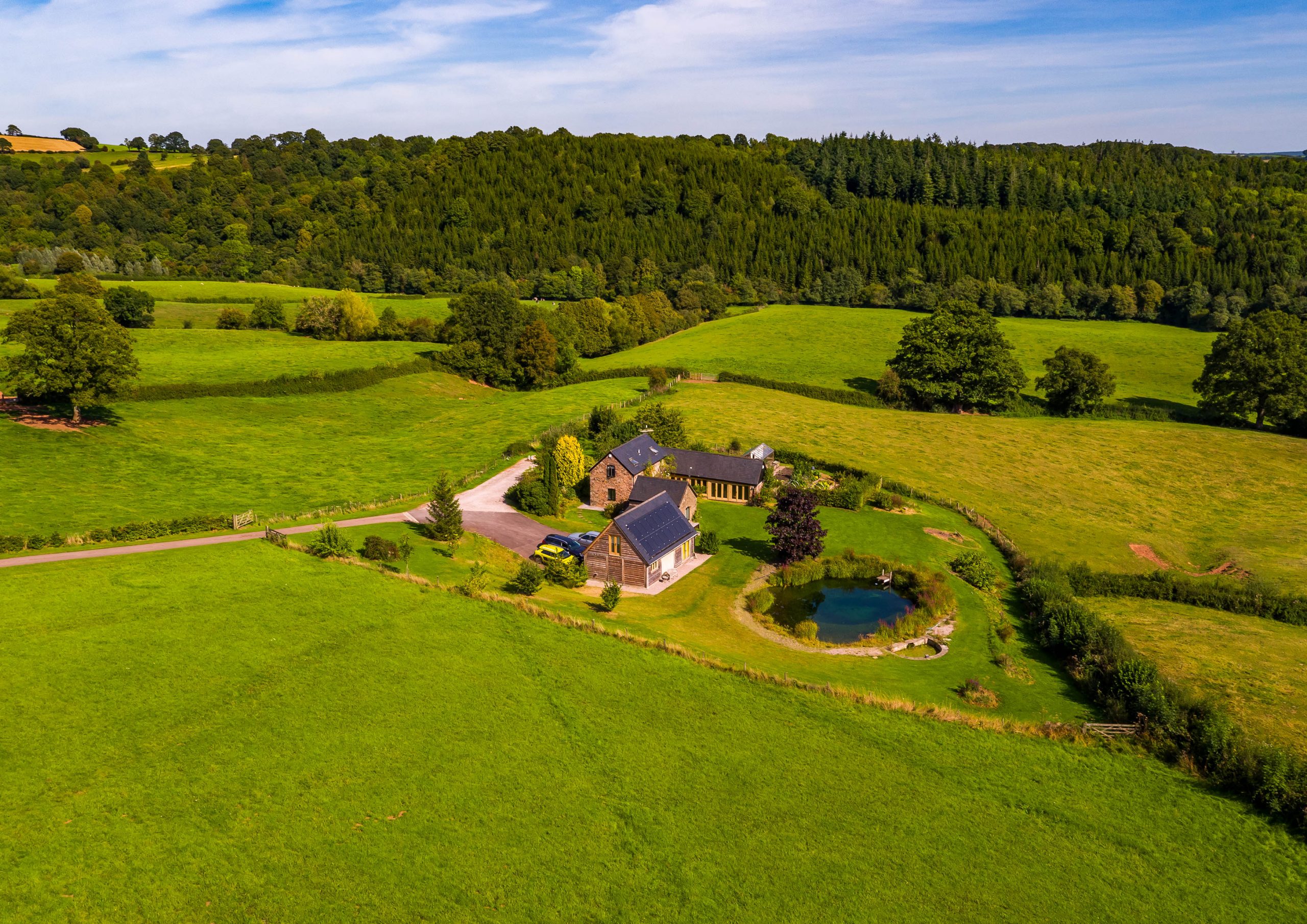
‘Initially, there was a bit of a surge and a scramble for properties and I think the values did go up a little bit. But, as time has gone on, things have flattened out.’
Monmouthshire, often considered ‘Wales light’ – ‘not too Welsh,’ explains Mr Clay – boasts the popular market towns of Usk and Monmouth; the latter is home to the Haberdashers’ Monmouth Schools, a major draw. Crickhowell, the other side of Abergavenny, is also in high demand, with its high street enlivened by independent shops.
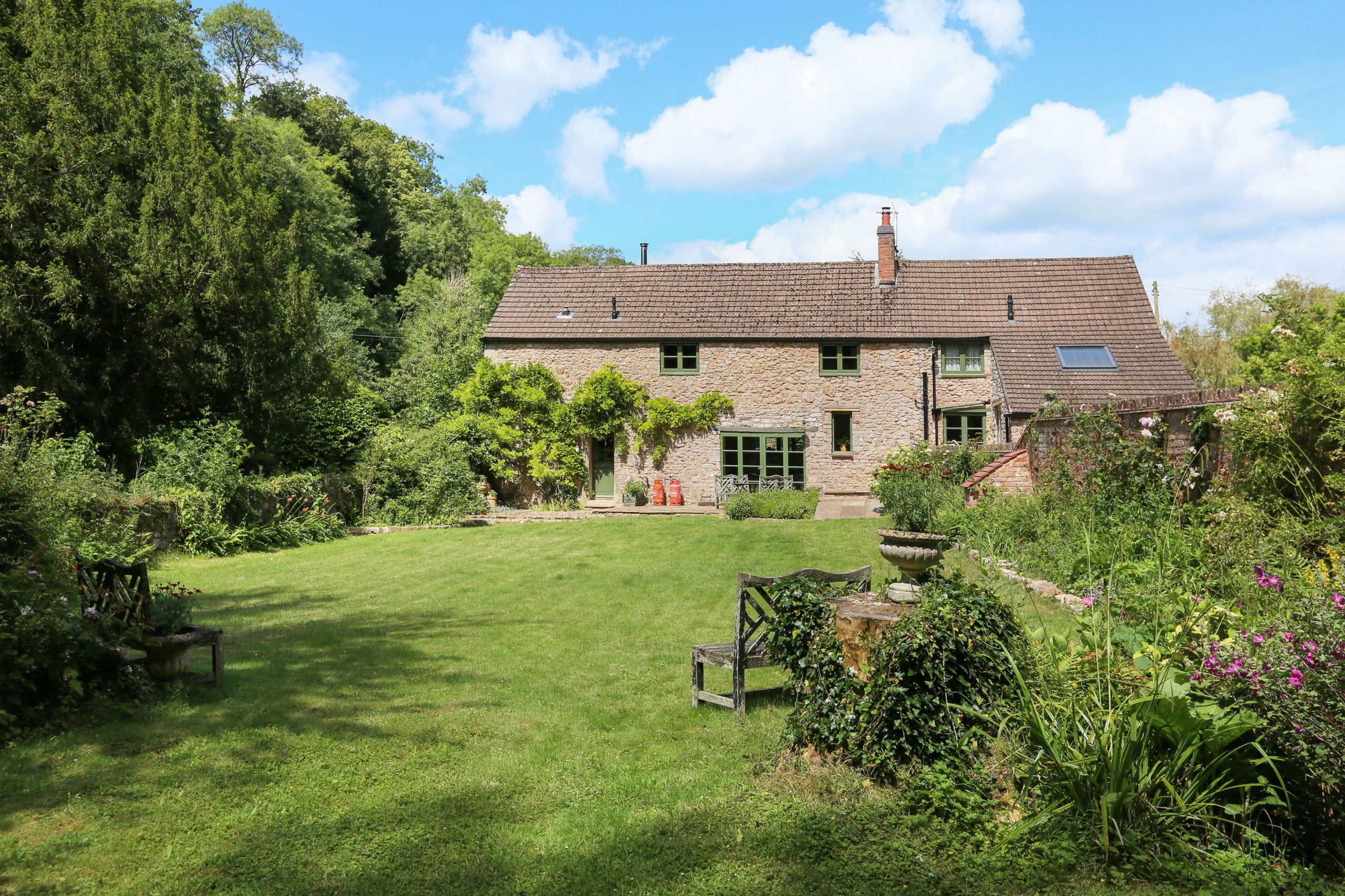
Agents advise sticking near to the bridge for a daily Bristol commute; the realistic commuter belt is between Chepstow and Newport near the motorway, including popular Caldicot. ‘You also have the Severn Tunnel Junction or Newport train stations on your doorstep here, and can be in London in two hours on a fast train,’ adds Mr Rees.
Why not take the plunge? ‘It’s a bit of a cliché, but people can be surprised by how warmly they’re made to feel at home in Wales,’ says Mr Greenwood. ‘There are slightly different attitudes and values to money on the other side of the river. It is a more relaxed place.’ Take me to the river... and beyond.
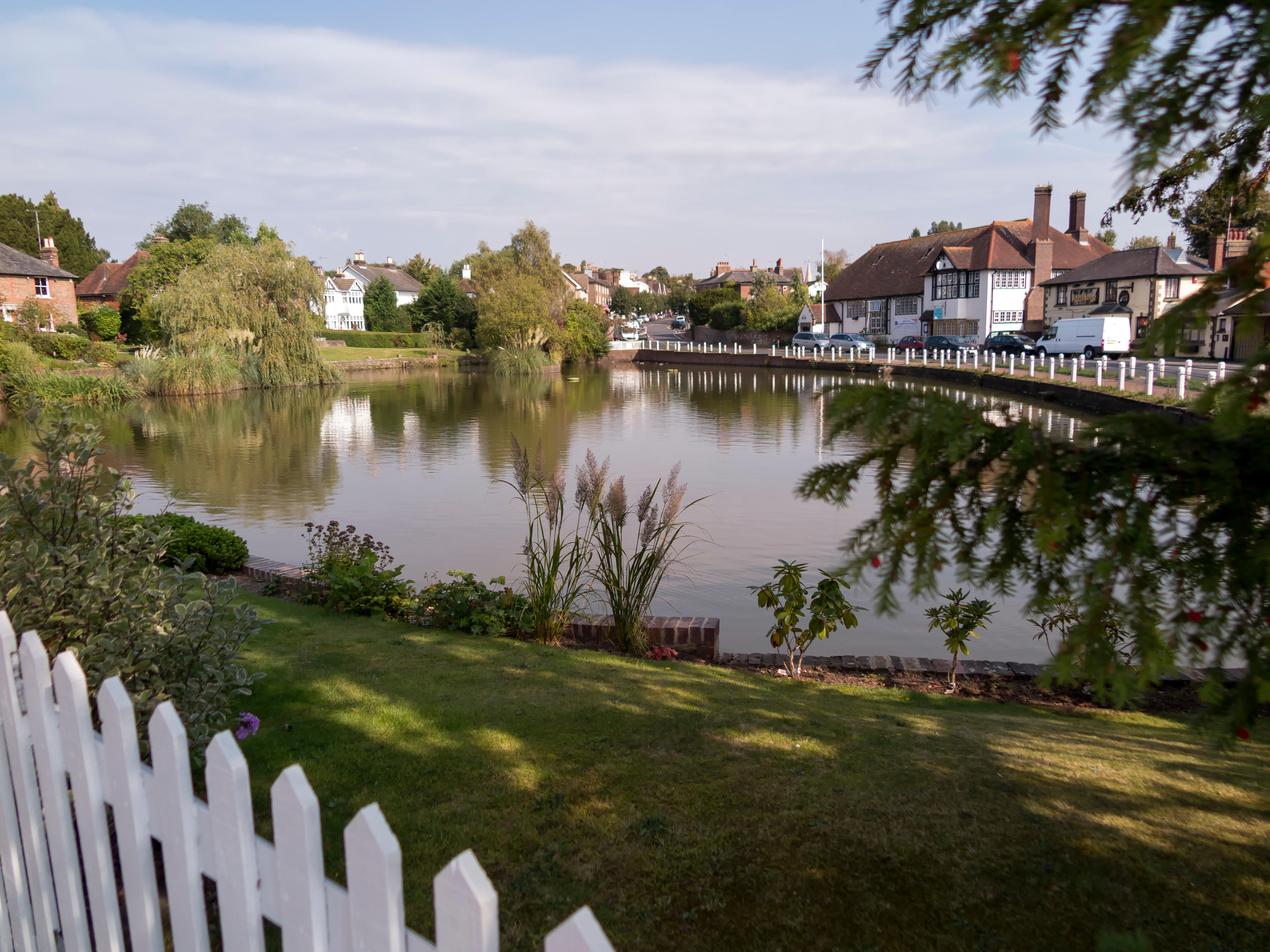
50 best places to live near London
The indispensable guide for getting into the country without ending up out of touch with the town.
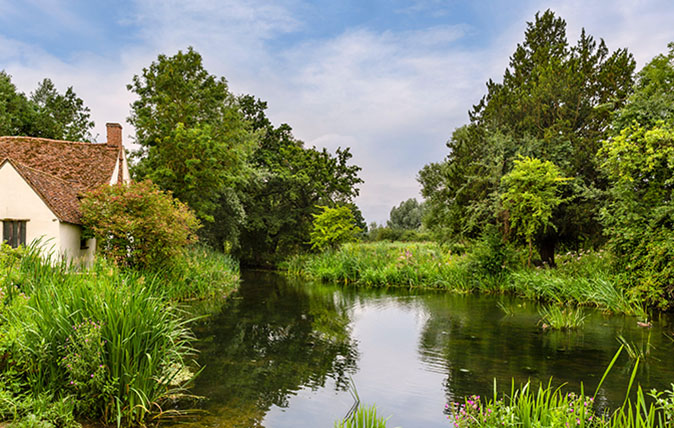
The best places to live for commuters: Suffolk
There are two places in Suffolk on our list of the best villages and towns close to London.

Credit: tim gartside / Alamy Stock Photo
The best places to live near Edinburgh – and what you could get for your money
Looking for the perfect spot from which to enjoy the country life while working in Edinburgh? Eleanor Doughty picks out
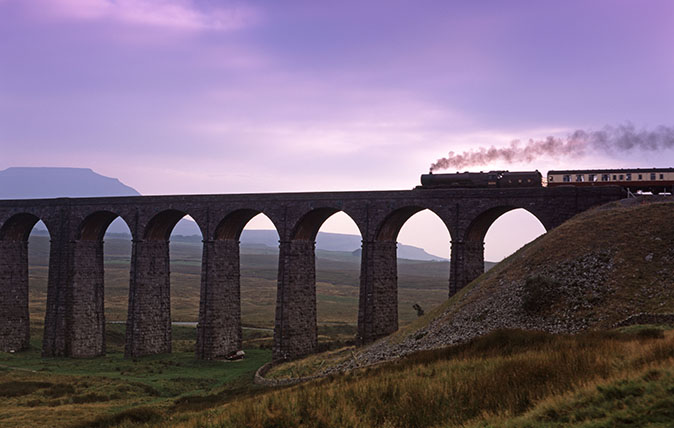
Seven of the best places to live in the North of England – and seven wonderful houses from under £500,000
Country Life is unlike any other magazine: the only glossy weekly on the newsstand and the only magazine that has been guest-edited by HRH The King not once, but twice. It is a celebration of modern rural life and all its diverse joys and pleasures — that was first published in Queen Victoria's Diamond Jubilee year. Our eclectic mixture of witty and informative content — from the most up-to-date property news and commentary and a coveted glimpse inside some of the UK's best houses and gardens, to gardening, the arts and interior design, written by experts in their field — still cannot be found in print or online, anywhere else.
-
 The loos of Buckingham Palace: Country Life Quiz of the Day, April 23, 2025
The loos of Buckingham Palace: Country Life Quiz of the Day, April 23, 2025Wednesday's Quiz of the Day looks at St George, royal toilets and German alcohol laws.
By Toby Keel Published
-
 Moore Design
Moore DesignMoore Design is a boutique interior design practice with clients around the UK and overseas.
By Country Life Published
-
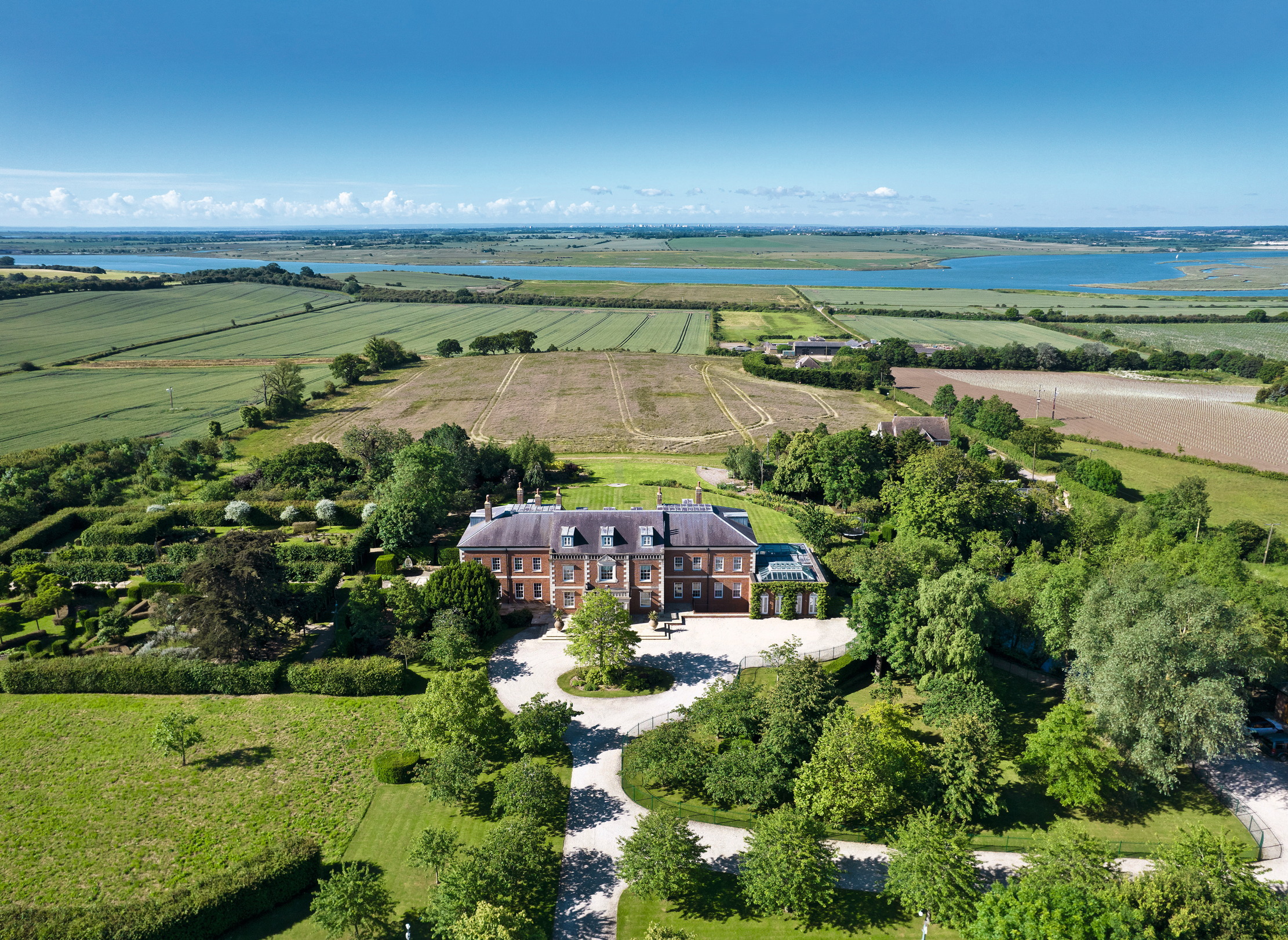 A 327-acre estate in the heart of 'England’s Côte d’Or', with a 26,000sq ft Georgian style home at its heart
A 327-acre estate in the heart of 'England’s Côte d’Or', with a 26,000sq ft Georgian style home at its heartStokes Hall in the Crouch Valley is an inspiring property looking for a new owner.
By Penny Churchill Published
-
 Schreiber House, 'the most significant London townhouse of the second half of the 20th century', is up for sale
Schreiber House, 'the most significant London townhouse of the second half of the 20th century', is up for saleThe five-bedroom Modernist masterpiece sits on the edge of Hampstead Heath.
By Lotte Brundle Published
-
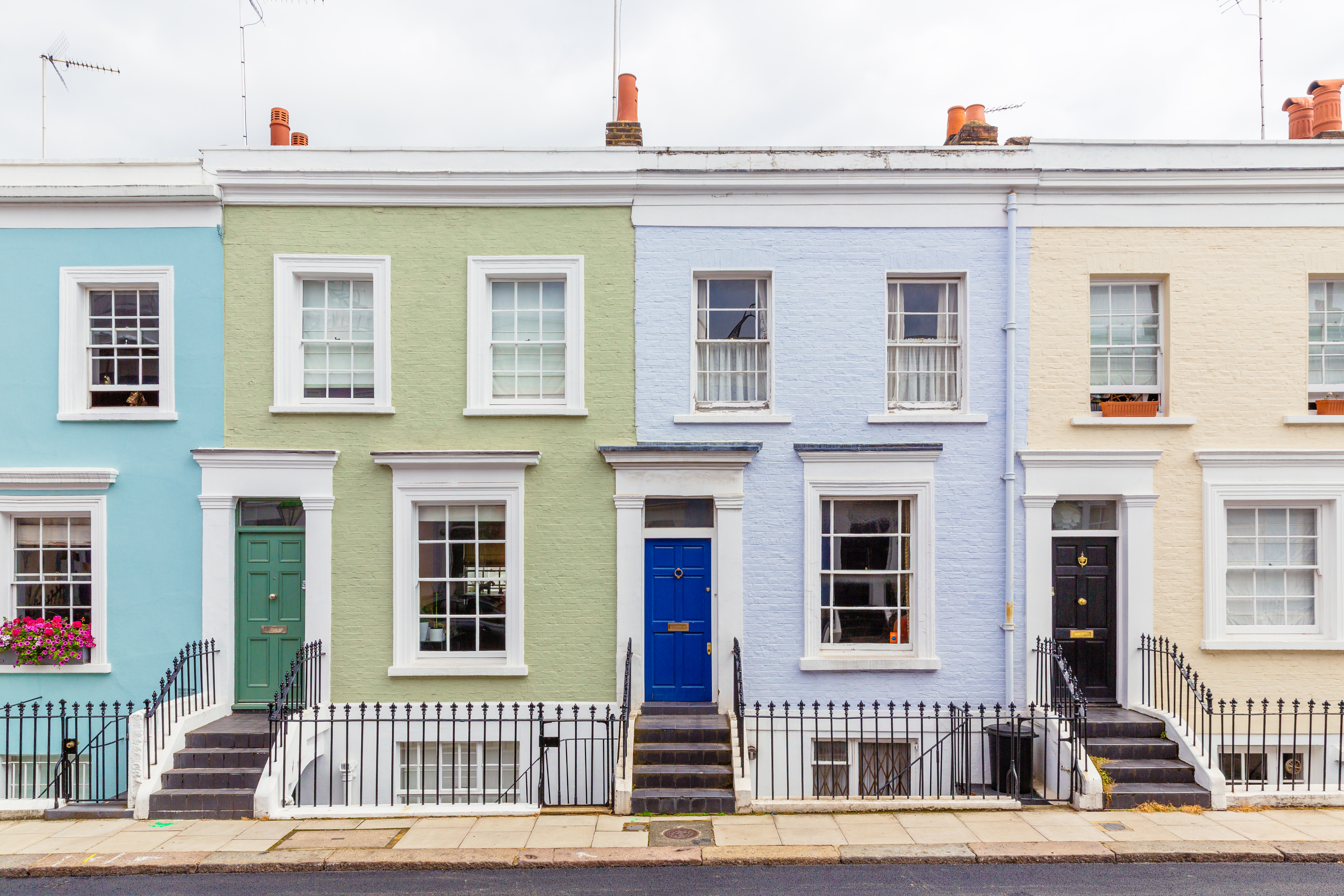 Is the 'race for space' officially over?
Is the 'race for space' officially over?During the lockdowns, many thought the countryside was the place to be. It seems many are now changing their minds.
By Annabel Dixon Last updated
-
 What's a 'wellness village' and will it tempt you back into the office?
What's a 'wellness village' and will it tempt you back into the office?The team behind London's first mixed-use ‘wellness village’ says it has the magic formula for tempting workers back into offices.
By Annunciata Elwes Published
-
 A mini estate in Kent that's so lovely it once featured in Simon Schama's 'History of Britain'
A mini estate in Kent that's so lovely it once featured in Simon Schama's 'History of Britain'The Paper Mill estate is a picture-postcard in the Garden of England.
By Penny Churchill Published
-
 Hidden excellence in a £7.5 million north London home
Hidden excellence in a £7.5 million north London homeBehind the traditional façades of Provost Road, you will find something very special.
By James Fisher Published
-
 Sip tea and laugh at your neighbours in this seaside Norfolk home with a watchtower
Sip tea and laugh at your neighbours in this seaside Norfolk home with a watchtowerOn Cliff Hill in Gorleston, one home is taller than all the others. It could be yours.
By James Fisher Published
-
 A Grecian masterpiece that might be one of the nation's finest homes comes up for sale in Kent
A Grecian masterpiece that might be one of the nation's finest homes comes up for sale in KentGrade I-listed Holwood House sits in 40 acres of private parkland just 15 miles from central London. It is spectacular.
By Penny Churchill Published
